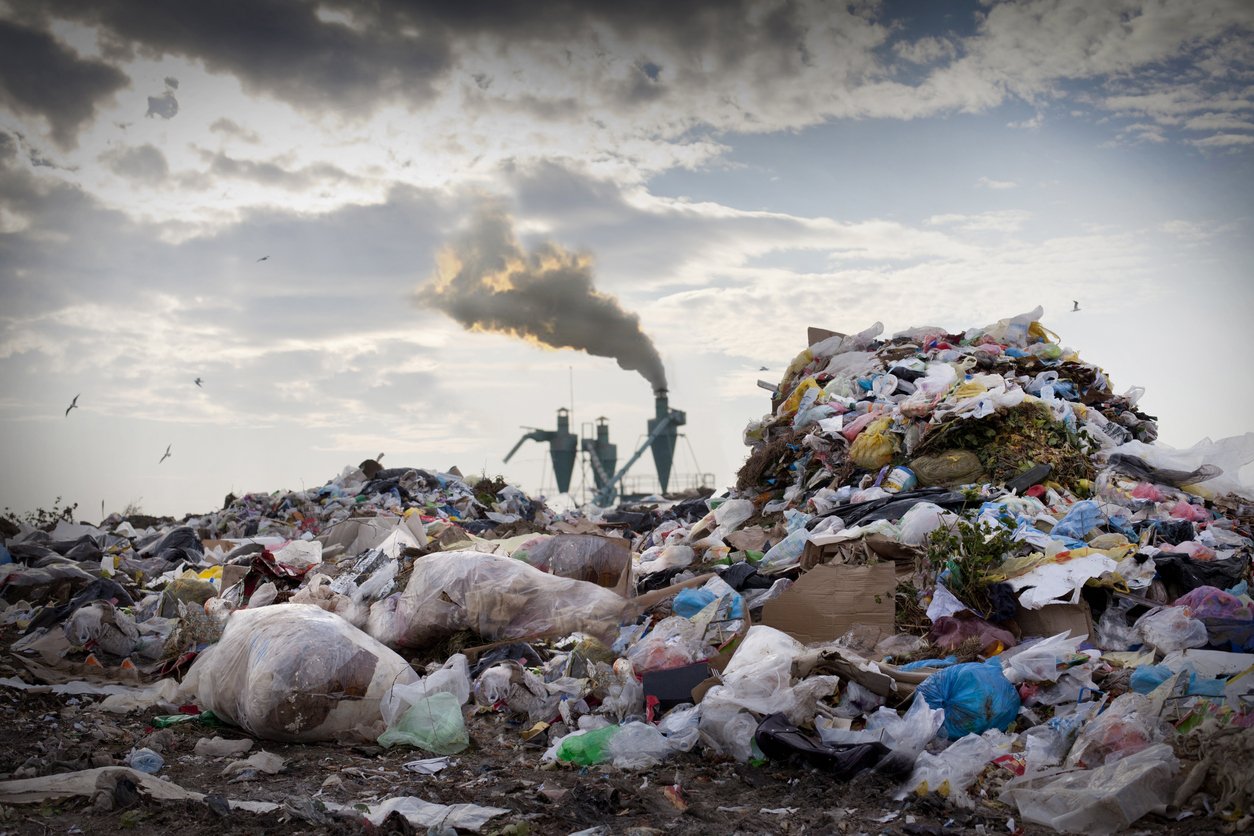
Not an ISO 14001 certified business? Not to worry. Here are the 4 steps to follow in order to establish an Environmental Management System for your business.
But first, what is the Environmental Management System and why would your business need it?
The Environment Management System is defined as a set of procedures and processes enabling the business to reduce and control environmental impacts and increase their operating efficiency. With its plan, do, check, act structure the system creates foundations for ISO 14001 accreditation.
How? Let’s explore the steps to EMS in the article below.
EMS in 4 steps
Establish the reason why to build an Environmental Management System, for example:
Write the environmental goals down, define the project scope to be able to refer to it while building the EMS.
Involve management in establishing the EMS and assign an implementation team. Remember, to include your employee’s input as they hold the knowledge of environmental and health and safety issues related to their work along with the experience of how effective the company procedures are.
Hold a meeting to discuss the company’s environmental objectives, timelines, ways to achieve them, and the budget. Follow up the meeting with communication to all your employees.
Regular progress reviews are the key to monitor how effectively the management system is being built up against its goals and project plan. Make sure the results of the reviews are communicated to the management and employees. Keep them engaged!

It’s time to have a look at your organisation from an environment point of view. Do any of your undertakings have a direct and/or indirect impact on the environment? The answer is: Yes. We all, big or small, have an impact on the environment.
Let’s begin with:
Once environmental processes have been established, it is time to ‘Check’ the EMS through an internal audit.
You can audit the entire EMS at once or focus on a specific process and conduct multiple mini internal audits. The choice is yours provided the findings are supported by corrective actions and followed up by personnel responsible for that process.
EMS is a living system. Like Safety Management or Quality Management Systems, the EMS requires regular management reviews.
This can be achieved through:
Acting upon the management reviews closes the Plan-D0-Check-Act circle when the areas of improvement indicated in the reviews are implemented in the EMS during Step I” Plan” cycle of the process.
Create it, live it and enjoy it. We can all make a change toward a better tomorrow.
